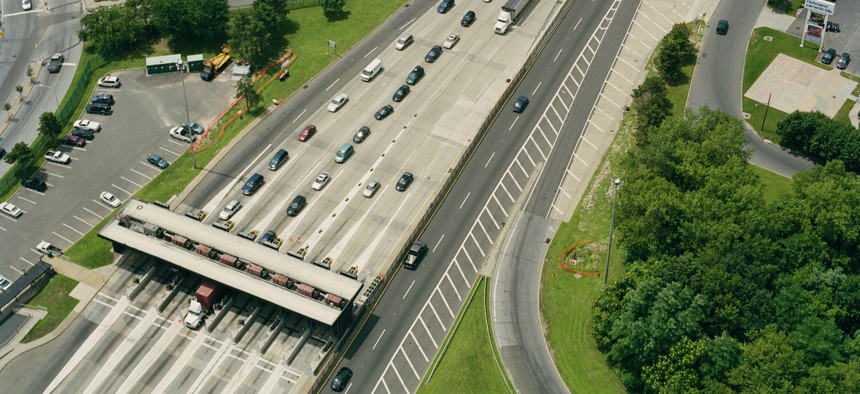Can AI-powered Congestion Pricing Improve Transportation Equity?

GettyImages/Erik Von Weber

Connecting state and local government leaders
New research suggests big data and machine learning can create an equitable approach to tolling and improve traffic congestion.
Researchers have proposed tackling both urban traffic jams and economic inequality by using big data and artificial intelligence to tweak congestion pricing on toll roads.
Some cities have used congestion pricing for years, but its widespread adoption could make commutes worse for low-income drivers who cannot afford to pay to use the faster roads. The researchers suggested refunding some of the money from highway tolls in a way that ensures equity; this way, lower income drivers would get more money back than their more affluent counterparts.
“We can achieve both the goals of equity and of efficiency by enabling people to trade time for money,” Devansh Jalota, a doctoral candidate with Stanford University Autonomous Systems Laboratory, said in a news release. “Some people can reduce their travel time by paying additional tolls, while others are compensated for taking longer routes.”
Although refund schemes have been around for the last 30 years, Jalota said big data and machine learning can now make a difference.
“[These advances] have enabled us to design better autonomous vehicles by learning patterns in the behavior of human drivers. These tools can play a similar role here in calibrating the pricing models to make our proposed schemes work,” he said.
The idea has two objectives: making sure no one ends up paying more than before—after accounting for the financial benefits of saving time in traffic—and designing a system that improves equity outcomes for lower income drivers. Those drivers, especially those who choose slower or less direct routes, would get back more than they have paid. The wealthier drivers would get lower refunds, and some would not get refunds at all.
The researchers explained that this approach will require a massive amount of data and computation; plus, each city would need its own pricing scheme and specific traffic behavioral model. Moreover, travelers in different cities value money and time differently, so Jalota said the next step would require understanding city-specific driver behavior and parameters for refunds and redistribution.
Marco Pavone, a professor of aeronautics and astronautics and director of the Stanford Autonomous Systems Laboratory, said the result should not only reduce congestion, but also put more of the toll revenue toward achieving any city’s equity goals.
“This really does seem to be a win-win,” Pavone said. “Instead of exacerbating existing inequities, road pricing and refunds could both protect the most vulnerable and improve the efficiency of our transportation system.”

NEXT STORY: Can AI-powered congestion pricing improve transportation equity?




